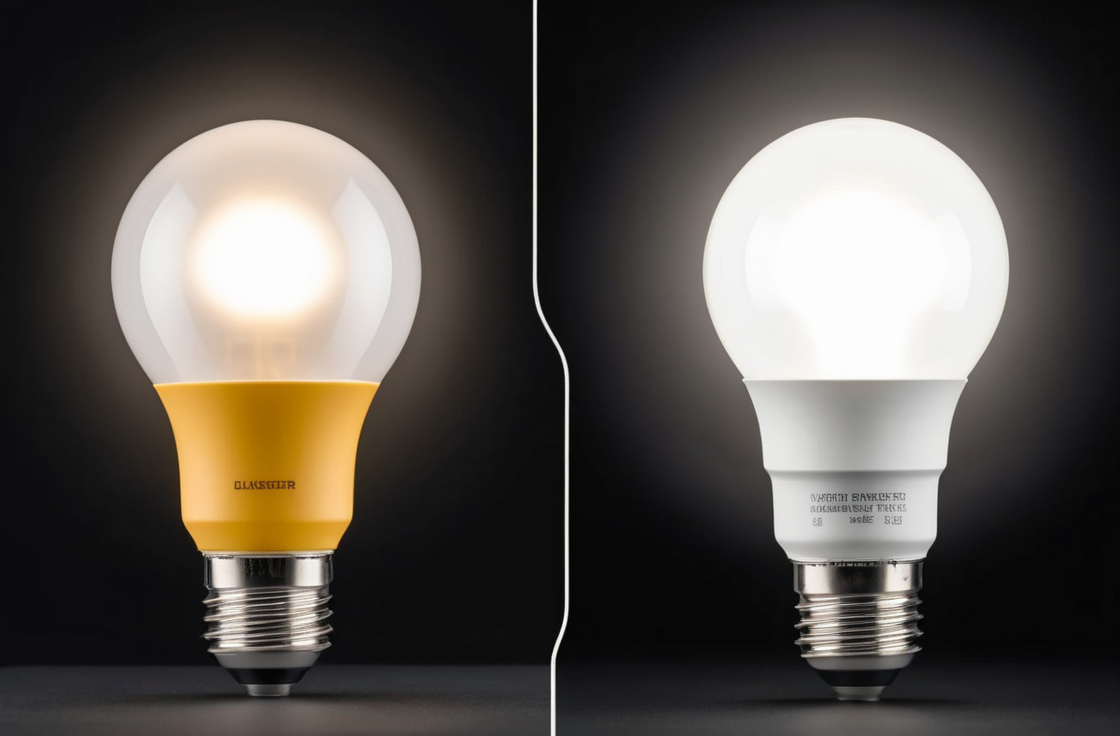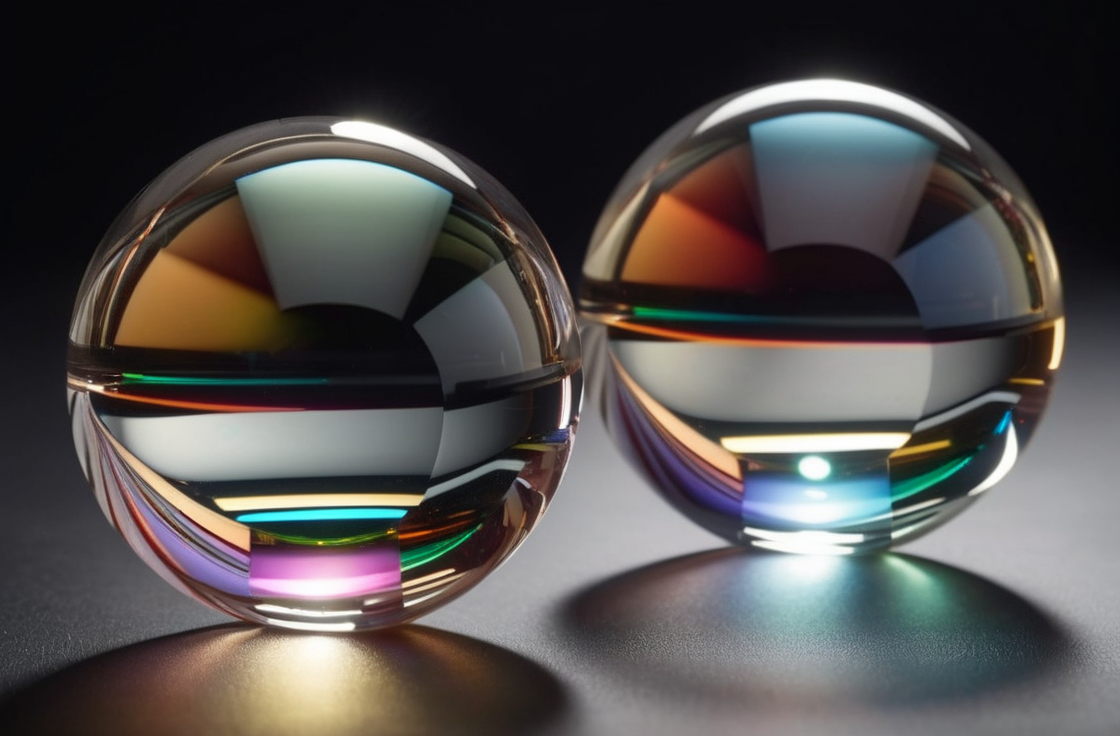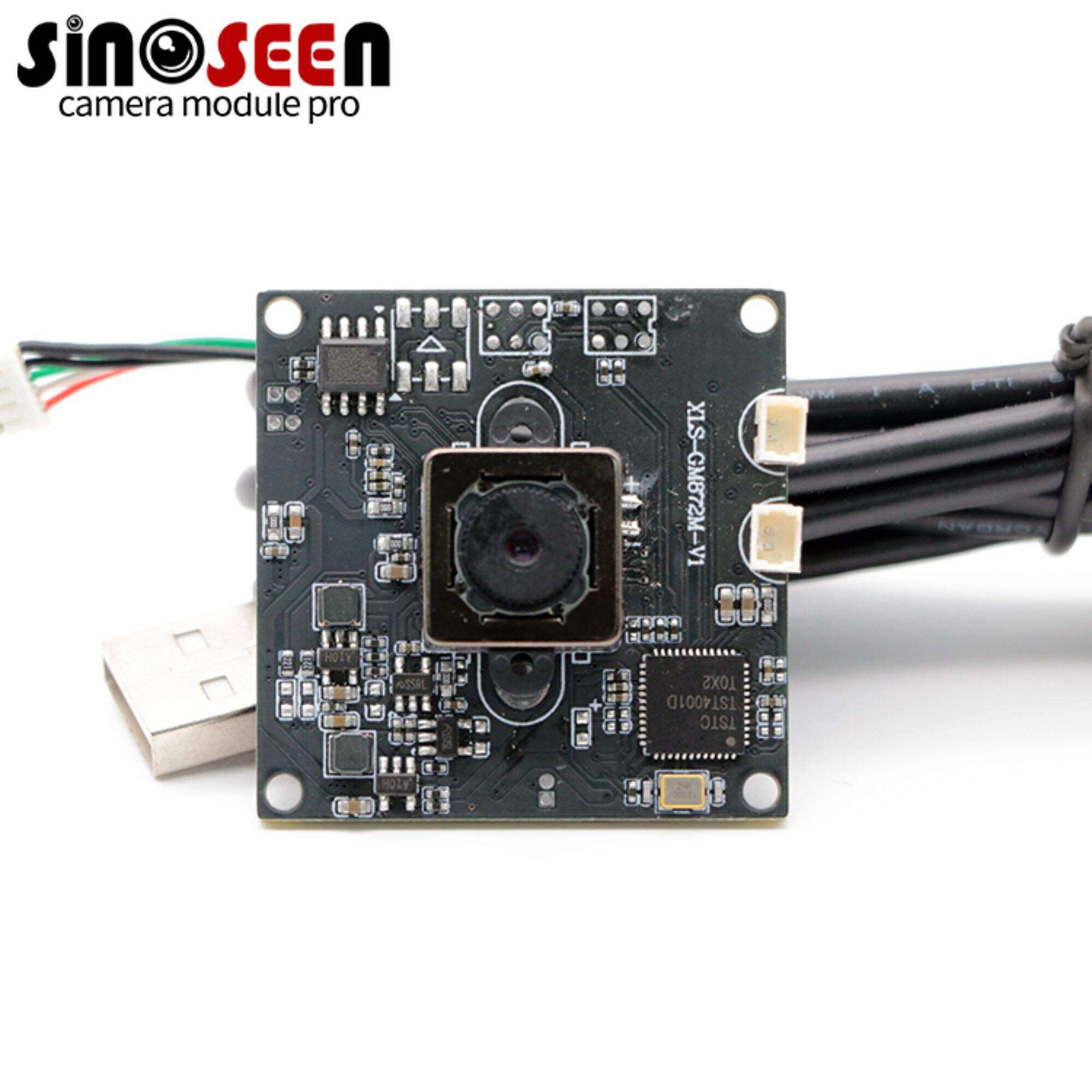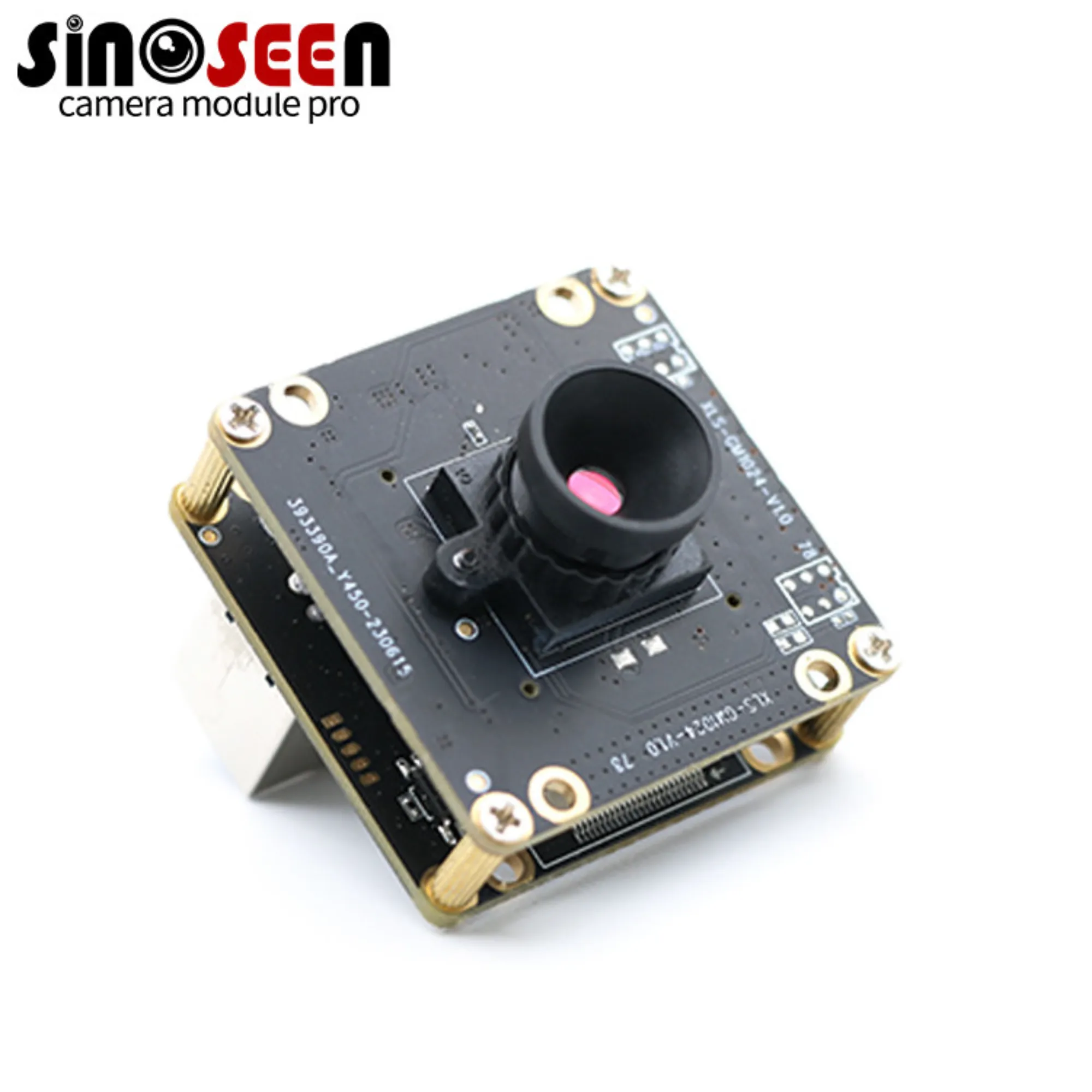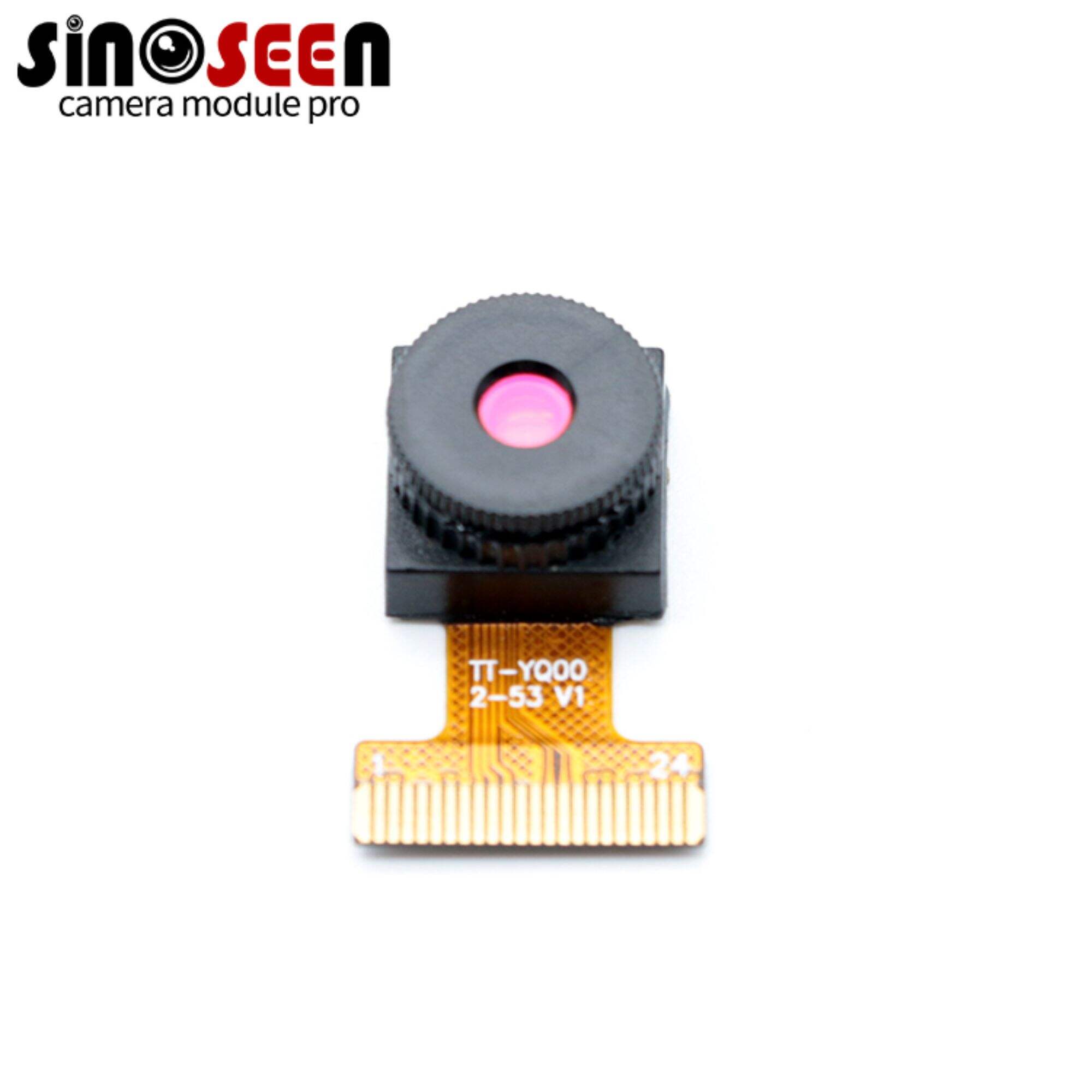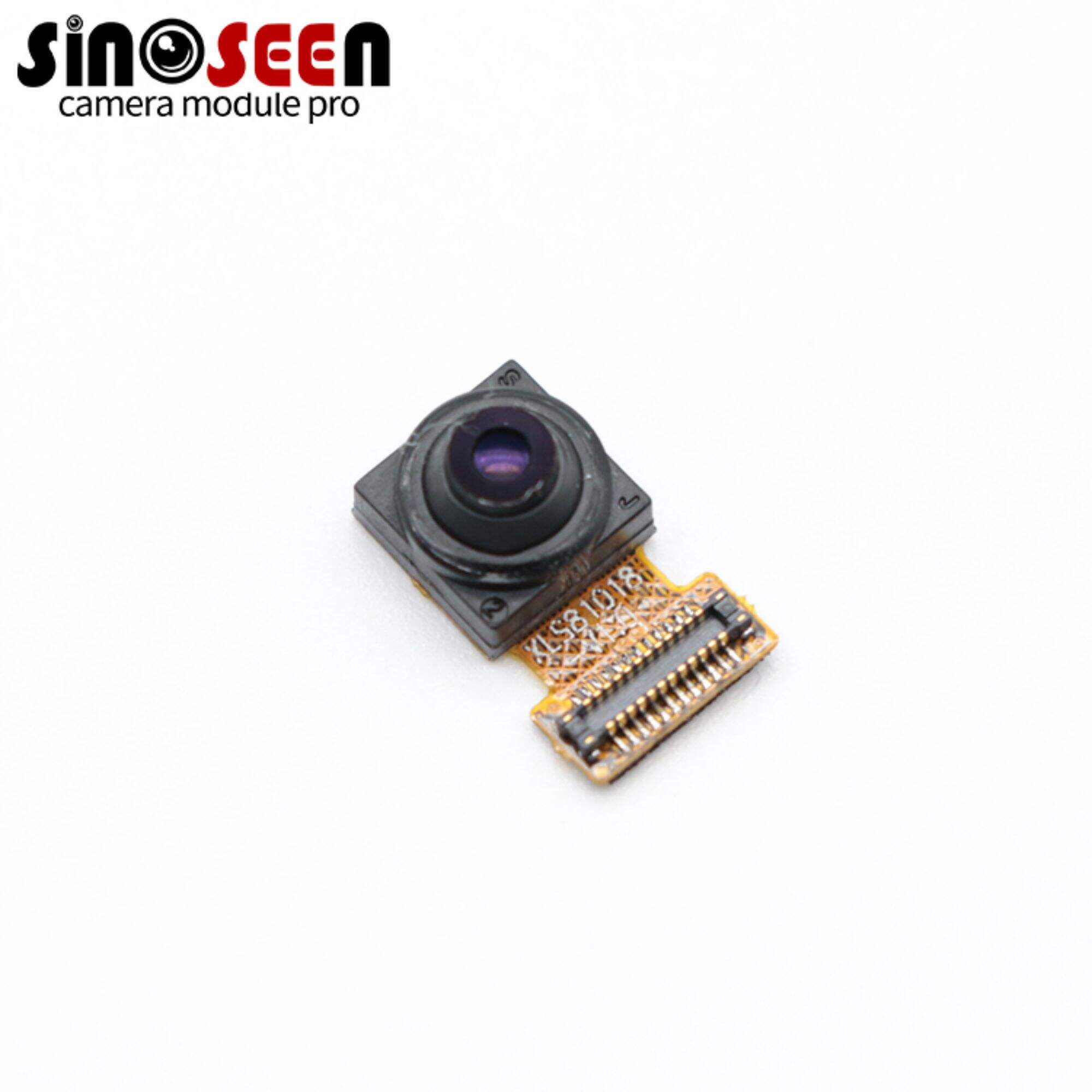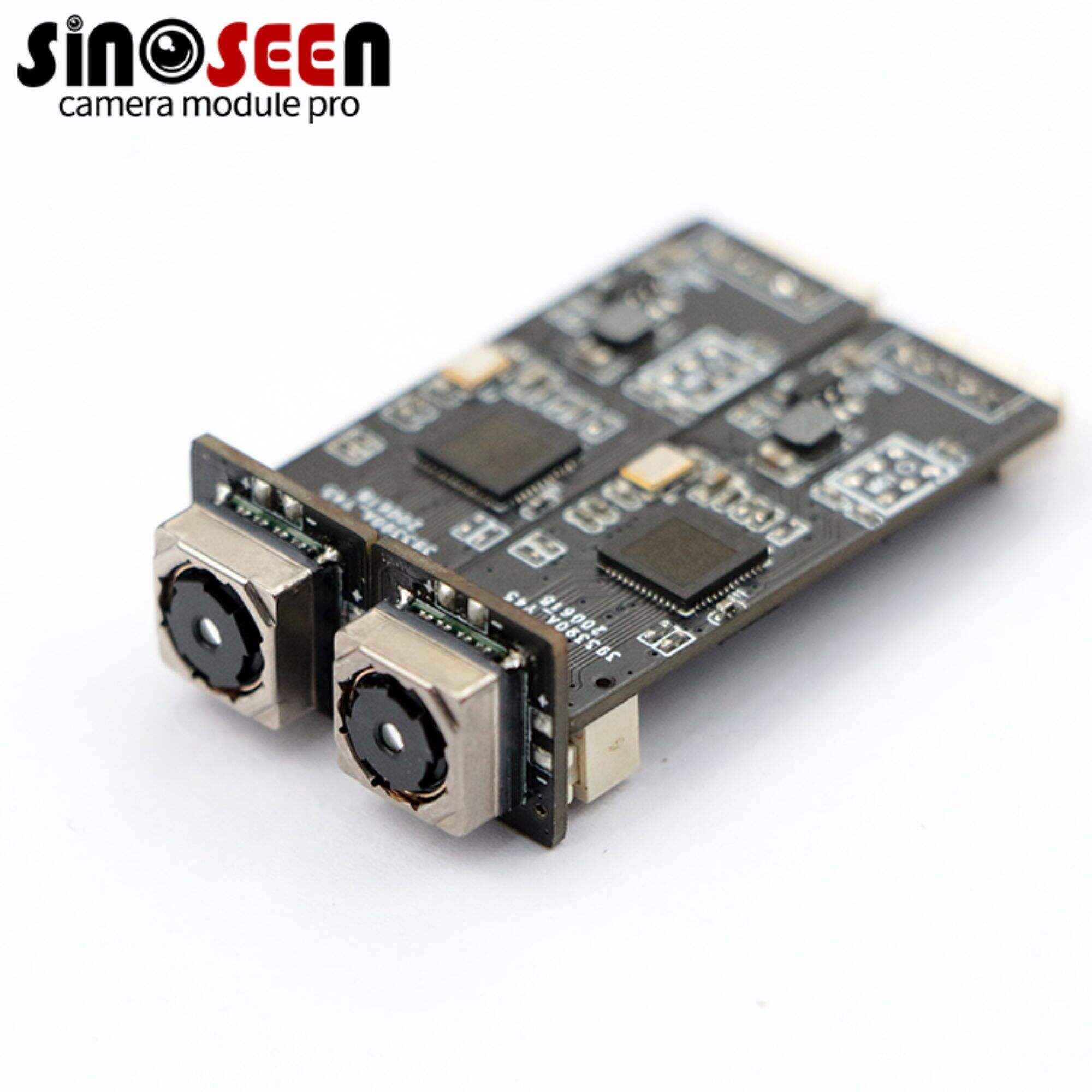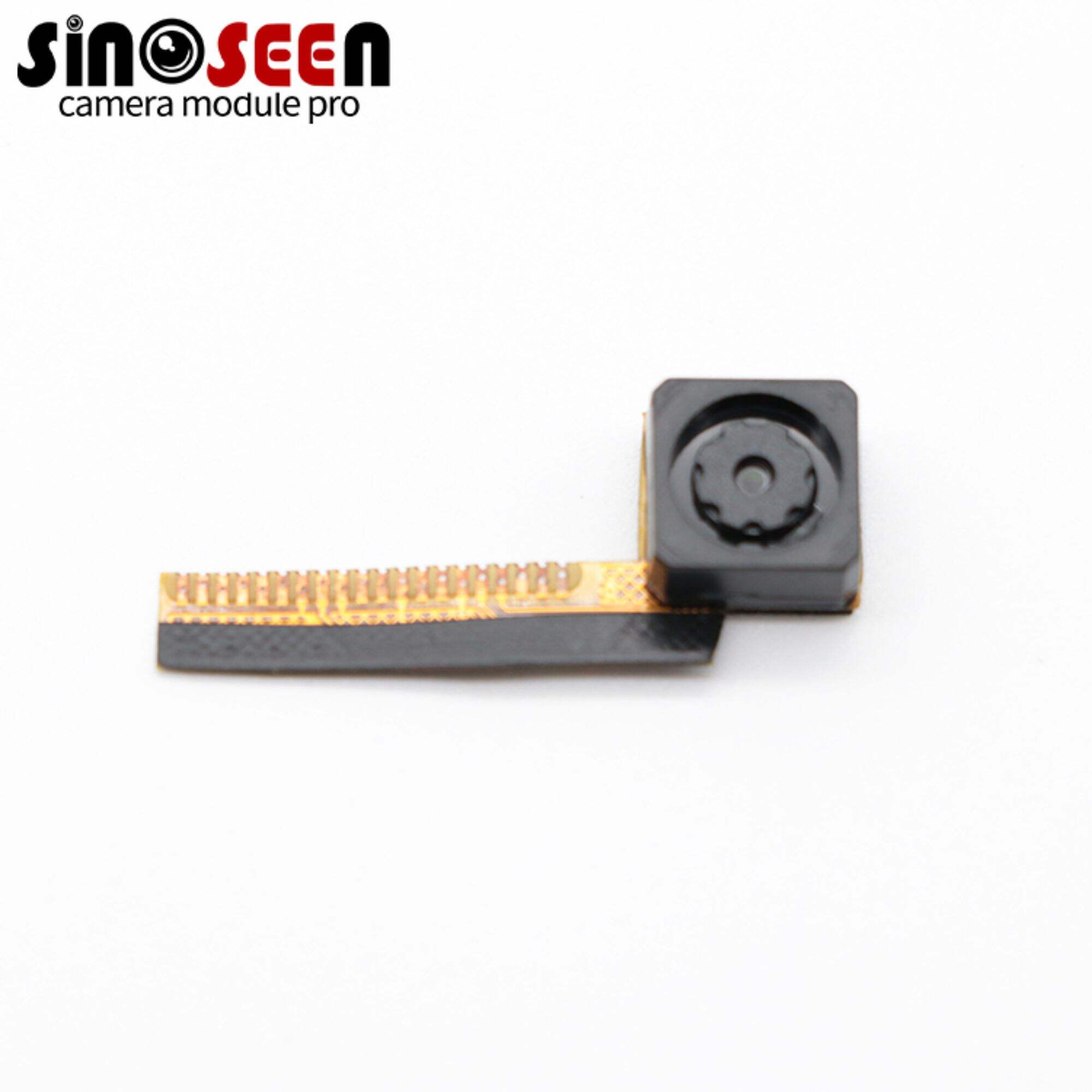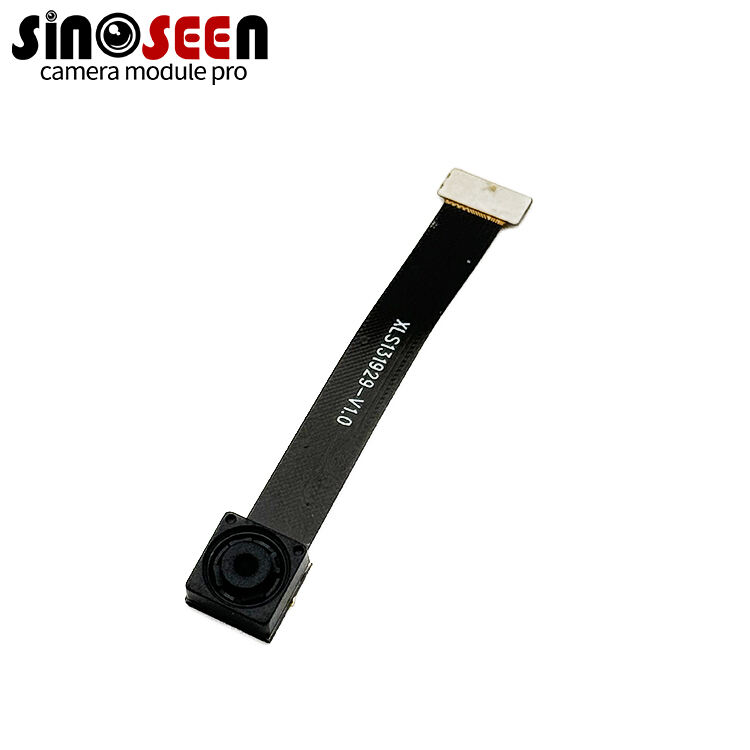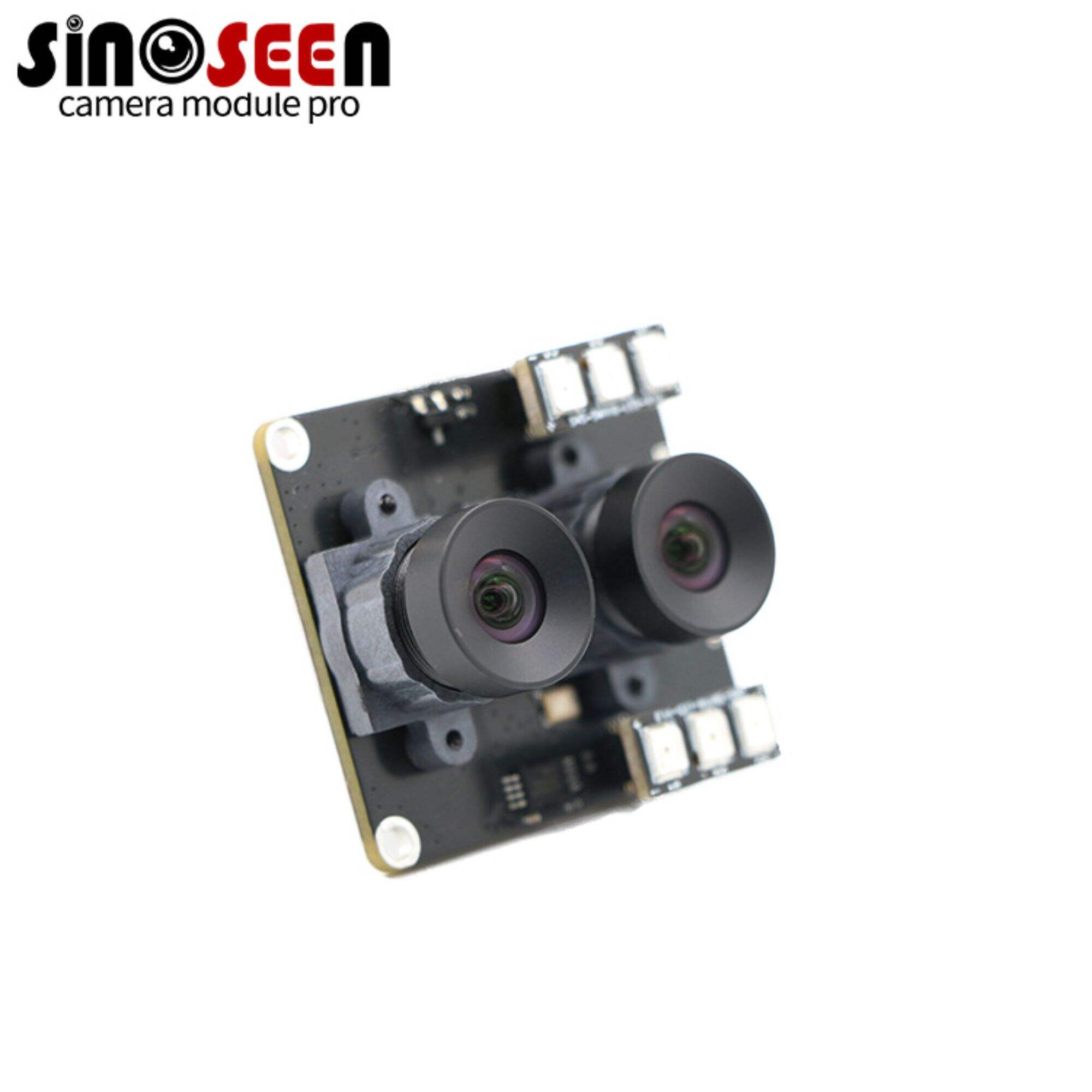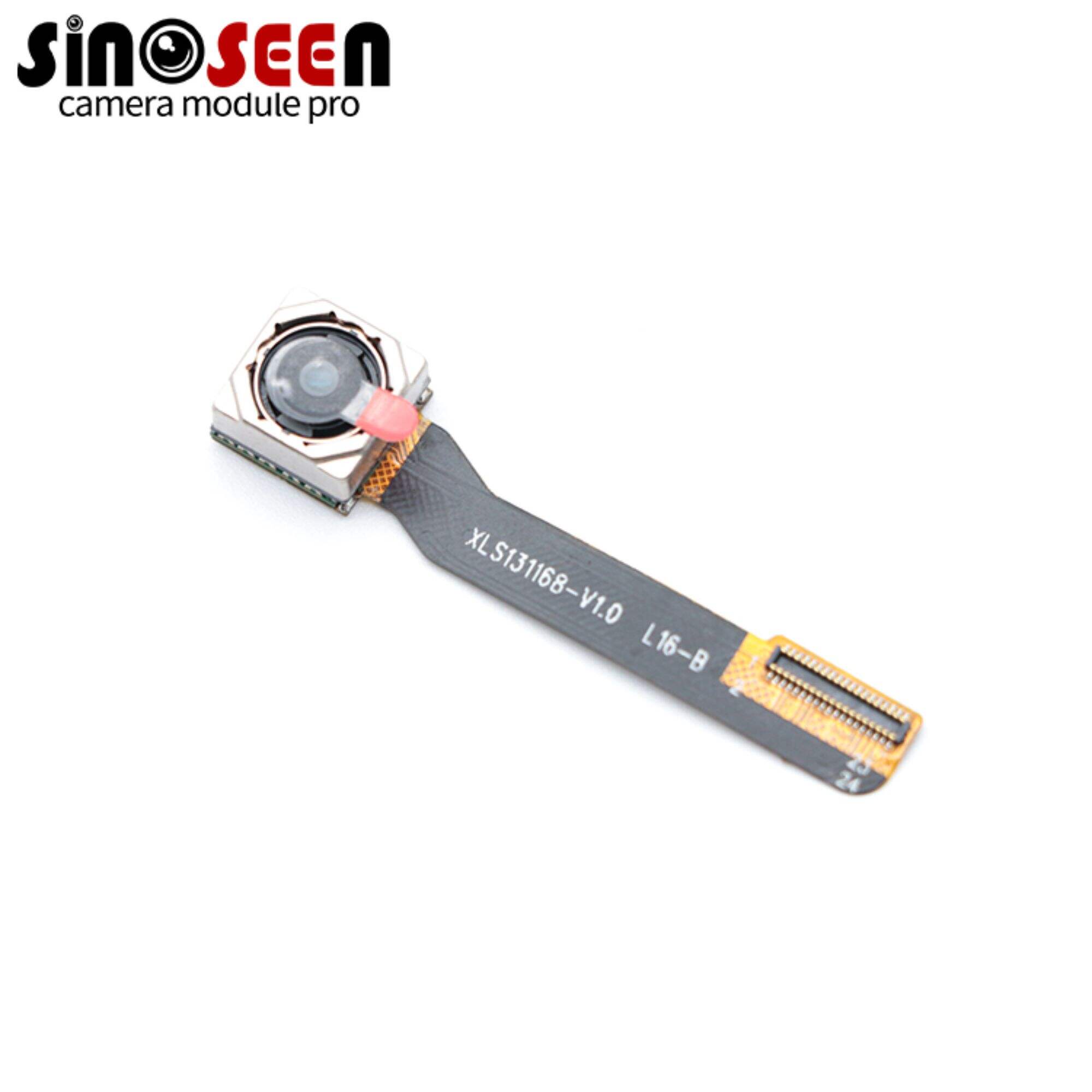What is white Balance calibration? What are the influencing factors?
Auto White Balance (AWB) is a core technology in modern vision systems. Whether indoors or out, in varying light, consistent color accuracy is always a challenge. Understanding and correctly calibrating AWB is crucial for the output quality of any embedded camera module. This article will explore AWB's working principles, key influencing factors, precise calibration methods, and its real-world value. Our goal is to help engineers achieve superior, true-to-life image color reproduction.
What is White Balance in a Camera?
Auto White Balance (AWB) is an essential feature in digital cameras. Its main job is to automatically adjust an image's color balance. This makes sure that whites and other neutral colors appear true-to-life under different lighting. AWB compensates for shifts in the light source's color temperature. This lets the camera capture colors that look more like what the human eye sees. It also helps keep colors natural and consistent, even with mixed light sources or extreme lighting.
How Does the AWB Function Work?
The auto white balance principle focuses on identifying and adjusting white or neutral color areas in an image. When the camera module finds these areas, it fine-tunes the intensity of the Red, Green, and Blue (RGB) channels. This ensures these areas look neutral in the final image. This complex process relies on advanced algorithms that analyze image data. They automatically calculate the needed color corrections. Some advanced camera systems can even recognize and adapt to multiple light sources, like daylight, fluorescent lamps, or incandescent bulbs. This leads to more precise color rendering.
AWB is a vital part of the camera's Image Signal Processor (ISP). The ISP's main job is to faithfully restore a scene's true colors even when lighting changes. Proper AWB setup is very important for an embedded camera module's output quality. It affects things like sensor resolution, pixel size, light conditions, and lens choice. Unlike the human eye, which adapts automatically to color changes, camera lenses need 'white balance' to simulate this process. This makes sure the output image looks as natural and realistic as possible.
What Factors Affect AWB Implementation?
For the AWB function to work well, the camera must accurately understand how color changes with different color temperatures. The idea of color temperature comes from the color of light emitted by theoretical blackbody radiators at various temperatures. It's usually measured in Kelvin. Different Kelvin values match different light sources and their related color atmospheres. For example, natural daylight is about 5500 K, while the warmer glow of incandescent lamps is around 2800 K. The main purpose of AWB is to make sure white objects, when captured by the camera, appear as truly white in the image across these different color temperatures.
Besides color temperature, AWB implementation also depends on the ISP's algorithms. It's also greatly influenced by the lens's specific characteristics. So, getting the best AWB results absolutely requires synergistic calibration between the lens and the camera sensor. This crucial teamwork involves factors like the lens material, its built-in filters, the Chief Ray Angle (CRA), and the lens's anti-reflective coatings.
How Does the Lens Affect the AWB?
The lens is more than just an optical part for imaging. It's a key factor in getting accurate colors. The lens's material, design, and coating all impact the light that goes through it. This, in turn, directly affects the color of light the camera sensor receives. Ultimately, it influences how well the AWB algorithm can correct colors.
Lens Material
The lens material can be plastic or glass. Different materials refract and disperse light differently. These properties can change the light's wavelength distribution, which then affects overall color reproduction. For example, plastic lenses might cause more color distortion (chromatic aberration) than glass lenses. This means AWB algorithms need to compensate specifically for them.
Color Spectrum Filters
Filters built into the lens control precisely which light wavelengths reach the sensor. The quality and type of these filters directly affect the color balance, especially during the auto white balance adjustment process.
Chief Ray Angle (CRA)
CRA describes the angle at which light rays enter the lens and hit the sensor. For wide-angle lenses, CRA is especially important. This is because it affects light distribution and color uniformity, particularly near the image edges. AWB algorithms must consider CRA to ensure color correction is consistent across the entire picture.
Anti-Reflective Coatings
Special anti-reflective coatings on lenses aim to minimize internal reflections. These coatings improve how much light passes through, boost contrast, and reduce unwanted glare and ghosting. The quality of these coatings directly impacts the amount and quality of light reaching the sensor. This, in turn, affects AWB performance. For the best AWB results, the lens needs precise calibration with the camera sensor and ISP.
How to Perform Auto White Balance Calibration in an Embedded Vision System?
Auto White Balance Calibration involves carefully fine-tuning the camera's Image Signal Processor (ISP) and its paired lenses. The goal is to correct for color temperature changes from different light sources and the subtle effects lenses have on color. Here are the detailed steps typically involved in the AWB calibration process.
Color Temperature Selection and Image Capture
First, capture a series of test images under specific, predetermined color temperatures. This usually includes common lighting types like daylight, fluorescent, and incandescent light. This step simulates the various real-world lighting environments the camera might encounter, giving us essential data for later calibration.
Apply White Balance Algorithm
Next, apply the chosen AWB algorithm to the captured test images. The algorithm's goal is to find white or neutral areas within the image. It then adjusts the Red, Green, and Blue (RGB) channel gains so these areas appear neutral across the different color temperatures.
Compensate for Lens Characteristics
Since lens characteristics like material, filters, and anti-reflective coatings can subtly affect color, we must compensate for these factors. This typically means adjusting parameters within the AWB algorithm to specifically correct for any color deviations caused by the lens.
Fine-tuning and Optimization
During calibration, you might need to repeat steps several times to precisely fine-tune the AWB algorithm's parameters. This often involves adjusting color temperature thresholds, improving the algorithm's response speed, and making sure colors are consistent across a wide range of lighting conditions.
Validation and Testing
Finally, we confirm the AWB calibration's effectiveness by testing the camera under actual operating light conditions. This includes capturing images in both natural and artificial light and carefully checking color accuracy and overall image quality.
What Applications Require Auto White Balance Calibration?
Auto White Balance calibration is vital in many fields, especially in embedded vision systems where accurate color is critical.
Indoor Photography
In indoor photography, professionals often work with mixed light sources—like natural light blended with artificial illumination. AWB's role here is key for making sure skin tones and scene colors look natural and harmonious. By accurately calibrating the AWB algorithm, photographers can greatly reduce the need for extensive post-editing. They get images with excellent color balance directly.
Car Reversing Camera
Car reversing cameras operate in constantly changing light, from bright daylight to dim nights or cloudy days. AWB calibration dramatically improves image clarity and color accuracy when reversing, especially in challenging low-light situations. Optimizing AWB gives drivers a consistently clear rear view, directly boosting safety.
Industrial Inspection and Security Surveillance
In industrial inspection, precise color reproduction is essential for accurately finding defects. For instance, even small color differences in textiles or electronic parts can signal a product flaw. Similarly, in security surveillance, accurate color helps identify targets and analyze scenes. AWB calibration ensures image stability and reliability. It maintains high-quality visual data even in dynamically changing light environments.
What Default White Balance to Use?
Most camera modules offer various default white balance settings, like 'Auto', 'Daylight', 'Cloudy', 'Incandescent', and 'Fluorescent'. For most general, everyday situations, Auto White Balance (AWB) is usually the best choice. This is because it intelligently adapts to the ambient light. However, in very specific and stable lighting conditions, manually choosing a default preset might give more accurate results. For instance, in a room lit only by incandescent bulbs, picking the 'Incandescent' preset is often more precise than using auto mode. For professional applications needing very consistent color or specific test environments, manually setting and locking white balance is also a common and recommended practice.
Conclusion
Auto White Balance (AWB) is a core and complex part of embedded vision systems. Its success depends not only on advanced ISP algorithms but also on close teamwork and precise calibration with lenses. Engineers need to deeply understand everything from the auto white balance principle to AWB calibration steps, and its crucial role in various real-world applications. As technology keeps improving, precise AWB will continue to drive big advances in camera module color reproduction. This will lead to more realistic and reliable visual experiences for products from consumer electronics to complex industrial systems.
Sinoseen has over 14 years of rich experience in the embedded vision field. We're dedicated to helping our customers integrate the right, high-performance camera modules. We're also experts at solving tough image quality challenges, including precise Auto White Balance calibration. If you're looking for professional embedded camera module solutions or facing challenges with auto white balance calibration, feel free to contact Sinoseen's expert team today. We're here to provide customized technical advice and product support to boost your vision system's performance.

 EN
EN
 AR
AR
 DA
DA
 NL
NL
 FI
FI
 FR
FR
 DE
DE
 EL
EL
 HI
HI
 IT
IT
 JA
JA
 KO
KO
 NO
NO
 PL
PL
 PT
PT
 RO
RO
 RU
RU
 ES
ES
 SV
SV
 TL
TL
 IW
IW
 ID
ID
 SR
SR
 VI
VI
 HU
HU
 TH
TH
 TR
TR
 FA
FA
 MS
MS
 IS
IS
 AZ
AZ
 UR
UR
 BN
BN
 HA
HA
 LO
LO
 MR
MR
 MN
MN
 PA
PA
 MY
MY
 SD
SD

